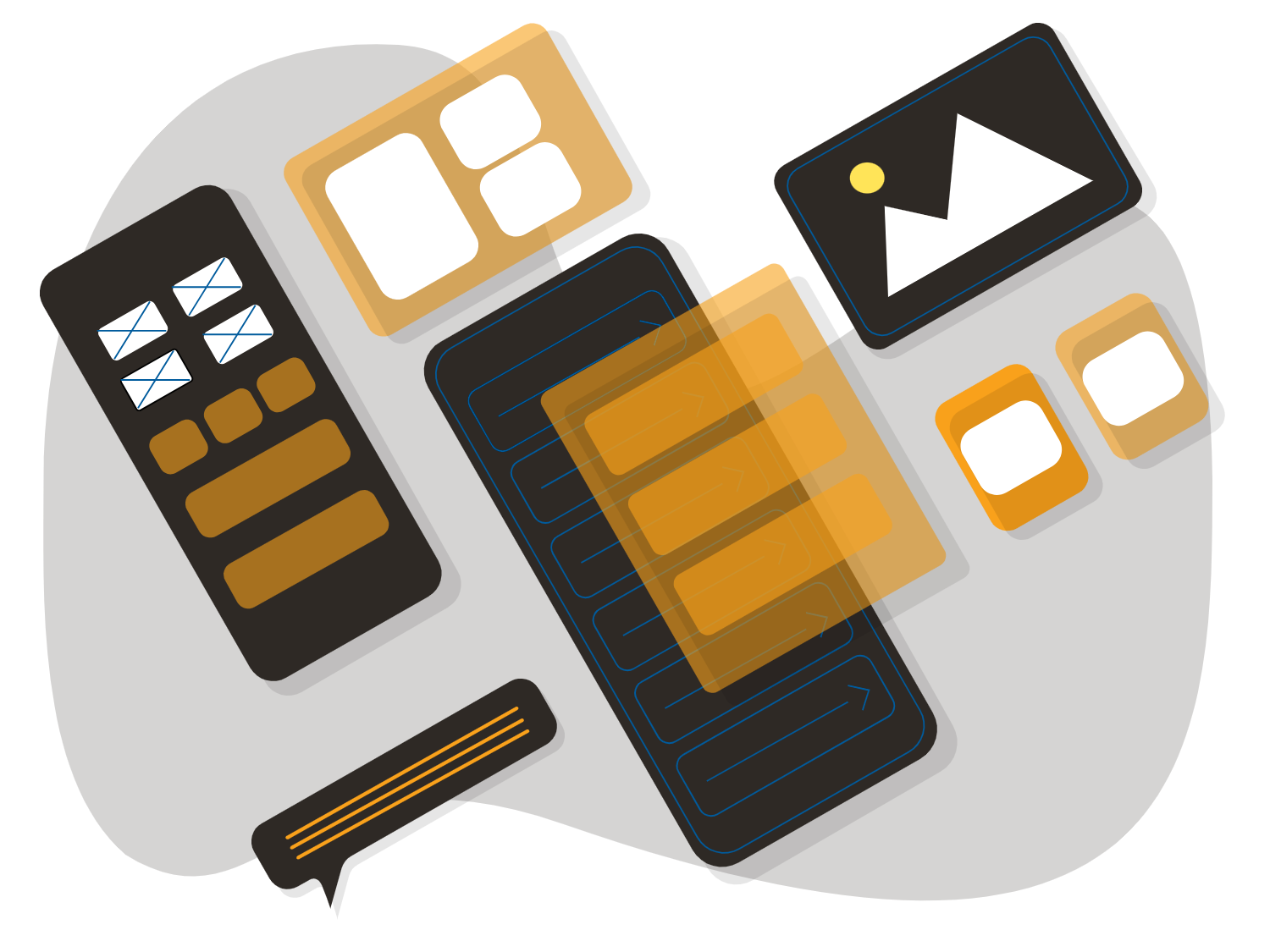

Living in the Internet
Virtual Reality (VR) will soon be more than something reserved for tech expos and a few select console games. VR will soon be part of the everyday internet experience in ways that you did not think possible.
Predicting the Future of VR
VR is already being used in gaming, but there are usually just a handful of titles and the equipment is still pretty bulky and expensive. Movie experiences will also be VR. Instead of just observing the environment in the movie, you will able to immerse yourself in it. VR also has enormous implications for medicine and education. Being able to put yourself in the middle of virtual situations will be invaluable in training for various jobs.
Looking a Bit Closer to Home
For most of us, those changes will not affect us. How often do we practice for surgery, or want to take a virtual tour of the Grand Canyon? But we do use the internet almost everyday for a variety of reasons. We spend a large part of each day checking search engines for a wide range of information, we use the internet for work to put together presentations, and we surf the web for news and entertainment. Soon VR will be a natural part of that as well.
Navigating a VR Web
Instead of the traditional point and click 2D system we use to move from one page to another, or from one site to another, or even to open new links within the pages we are visiting, soon we will be fully immersed in the search itself. As search engines do now, VR will become tailored to the user and provide a stream of information that can be moved to the user’s main screen, or can be removed from view. Just as users obtain news feeds now based on their history, so in VR the experience will be equally unique. Instead of having one 2D screen, the user will be surrounded by information that can be selected or removed.
Moving Beyond Tap-and-Swipe
With the latest tracker technology, the screen will move seamlessly when you look around to see the various web pages that you have selected. The technology will also allow for head movements, and eventually eye movements, that can be used along with the broader gestures of the hands. This also has the effect of having 3 or 4 different ways to select items whereas a mouse only has 1 method of interacting with the internet at one time.
While the time will come that hand motions will be enough, in the meantime there will be controls that the user will have to hold in their hands, but they will also have the effect of holding two ways of scrolling, turning pages, and opening links.
In the same way that gamers have become used to living inside the world of their games, soon internet users will be able to spend time ‘in’ the internet and immerse themselves surrounded by data.



